Trend of importing high quality rice
Vietnam's Ong Cua ST25 rice has just been honored for the third time as " World 's Best Rice" at the World's Best Rice 2025 competition, held in Phnom Penh, Cambodia. Continuing to be named the world's top rice affirms the quality of Vietnamese rice. This is considered a golden opportunity for Vietnamese farmers and the rice industry to make a breakthrough again.
After a period of stagnation due to a shrinking import market and falling prices, rice exporters are hoping for a special factor: ST25 - the "star" of Vietnamese rice. This rice variety has just been named the best in the world, helping the Vietnamese rice brand once again attract attention in the international market.
Mr. Pham Thai Binh - Chairman of Trung An Company said: "This is a great achievement of the Vietnamese rice industry in general and especially of engineer Ho Quang Cua personally. He is the author of the ST25 variety, the person who brings honor to the Vietnamese rice industry".
According to businesses, the current challenge is the scale of raw material areas and quality control. Demand from high-end markets requires very strict standards. If a sustainable production chain can be built, ST25 will be the locomotive pulling the whole industry forward.
Mr. Nguyen Van Thanh - Director of Phuoc Thanh IV Company shared: "ST25 currently has many markets in the world. My company has many customers in Europe, England, China. ST25 grown in rice-shrimp areas is almost not enough to sell."
Although ST25 is creating great attraction, experts and businesses believe that it is impossible to rely on just one rice variety. Market trends require Vietnam to develop many product lines at the same time: from high-quality fragrant rice such as ST24, Dai Thom 8, to varieties suitable for African, Middle Eastern and Asian markets. Diversifying varieties and improving quality standards will help the rice industry be more proactive in the face of market fluctuations, while ensuring a stable supply for long-term contracts.
7.2 million tons, turnover of 3.7 billion USD, average price of 511 USD/ton - these are the figures on Vietnam's rice exports in the first 10 months of this year. These figures not only reflect the stable demand of the market, but also show a strong shift in the quality of Vietnamese rice. This is also the direction for the rice industry to develop and promote the advantages of high-quality Vietnamese rice.
Instead of focusing on average rice varieties, the export structure is clearly leaning towards fragrant rice, Japonica rice and especially rice produced using low-emission processes. The advantage of fragrant and high-quality rice favored in high-end markets such as the EU, the US and Japan is an advantage for Vietnamese rice. In addition, free trade agreements, along with production support policies such as restructuring production and domestic supply basically ensure favorable conditions for Vietnamese rice exports.
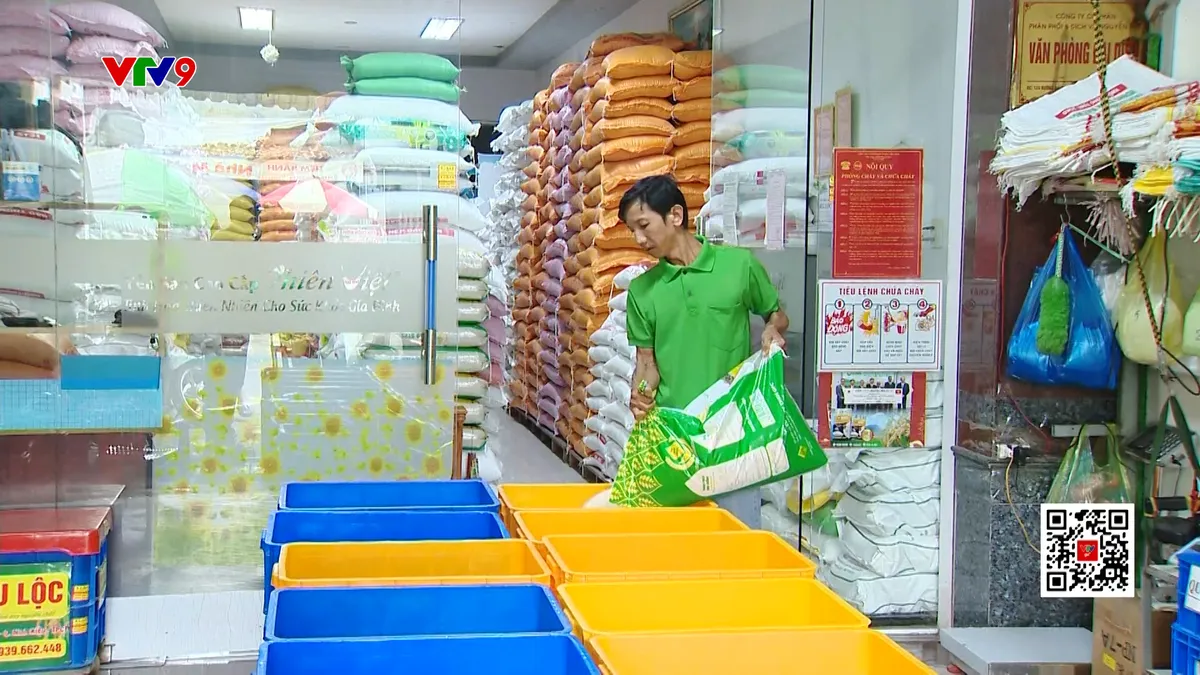
The shift from "large exports" to "valuable exports" is creating a clear competitive advantage for Vietnamese rice.
Vietnamese rice targets high-end segment
In the strategy of developing high-quality rice, the 1 million hectare high-quality, low-emission rice project that the Government is implementing is considered an important foundation. The project standardizes the process from seeds, cultivation to harvesting. At the same time, it creates a concentrated, uniform raw material area - a mandatory condition to enter high-end markets.
The shift from "large exports" to "value exports" is creating a clear competitive advantage for Vietnamese rice. This is also a trend that many businesses are implementing. Even when the country's rice exports have sharply decreased in value and turnover, high-quality rice, low-emission rice and deeply processed products still create new competitive advantages.
Mr. Do Ha Nam - Chairman of the Vietnam Food Association commented: "Productivity is not the final decision, but the price and sustainability of our products. Prioritizing the construction of specialized raw material growing areas and in-depth investment in areas implementing green agricultural standards are the goals set by the agricultural sector and consumer demand worldwide."
To increase rice export value, not only do businesses need high-quality raw material areas, but they also have to improve technology, invest in deeply processed products and target high-end segments.
Mr. Nguyen Van Nhut - Director of Hoang Minh Nhat Joint Stock Company, Can Tho City said: "It can be said that over a long period of time, the Vietnamese rice production industry has improved, especially hybrid technology to create many rice varieties with good quality, meeting the market demand."
Vietnamese rice is aimed at the high-end segment, but the challenge is to maintain sustainable quality and link the value chain. With the efforts of farmers and businesses, Vietnamese rice is affirming its position in the international market.
Source: https://vtv.vn/cu-hich-moi-cho-xuat-khau-gao-viet-100251120121329161.htm


![[Photo] General Secretary To Lam receives President of the Senate of the Czech Republic Milos Vystrcil](/_next/image?url=https%3A%2F%2Fvphoto.vietnam.vn%2Fthumb%2F1200x675%2Fvietnam%2Fresource%2FIMAGE%2F2025%2F11%2F21%2F1763723946294_ndo_br_1-8401-jpg.webp&w=3840&q=75)
![[Photo] Visit Hung Yen to admire the "wooden masterpiece" pagoda in the heart of the Northern Delta](/_next/image?url=https%3A%2F%2Fvphoto.vietnam.vn%2Fthumb%2F1200x675%2Fvietnam%2Fresource%2FIMAGE%2F2025%2F11%2F21%2F1763716446000_a1-bnd-8471-1769-jpg.webp&w=3840&q=75)

![[Photo] President Luong Cuong receives Speaker of the Korean National Assembly Woo Won Shik](/_next/image?url=https%3A%2F%2Fvphoto.vietnam.vn%2Fthumb%2F1200x675%2Fvietnam%2Fresource%2FIMAGE%2F2025%2F11%2F21%2F1763720046458_ndo_br_1-jpg.webp&w=3840&q=75)

![[Photo] National Assembly Chairman Tran Thanh Man holds talks with President of the Senate of the Czech Republic Milos Vystrcil](/_next/image?url=https%3A%2F%2Fvphoto.vietnam.vn%2Fthumb%2F1200x675%2Fvietnam%2Fresource%2FIMAGE%2F2025%2F11%2F21%2F1763715853195_ndo_br_bnd-6440-jpg.webp&w=3840&q=75)
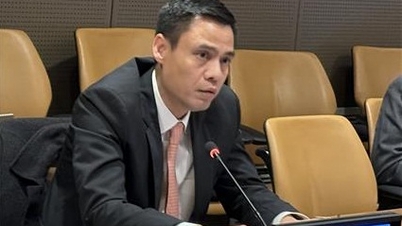

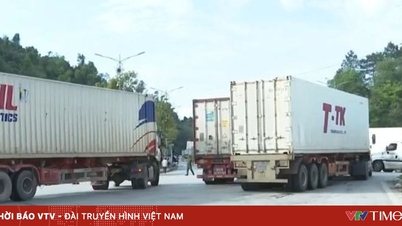
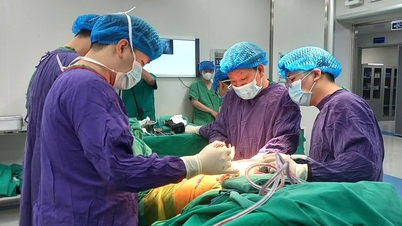



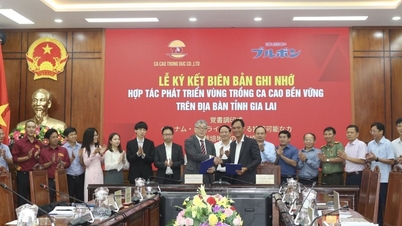




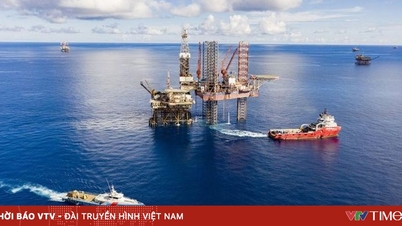


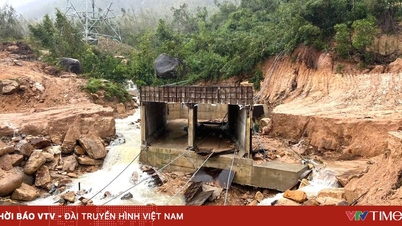
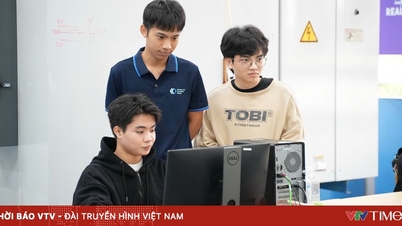




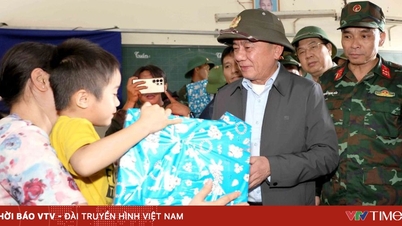
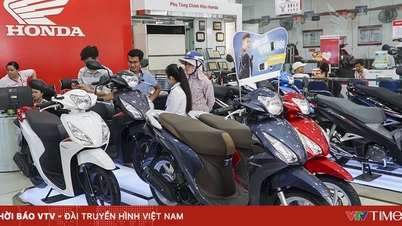
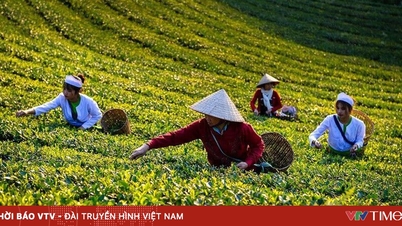
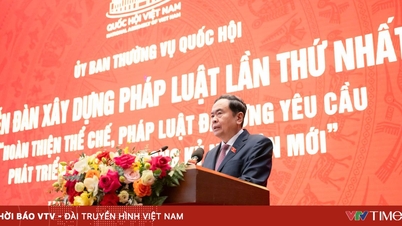
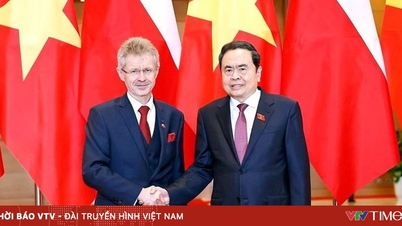
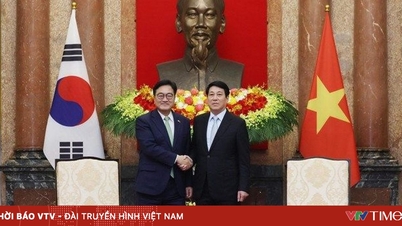



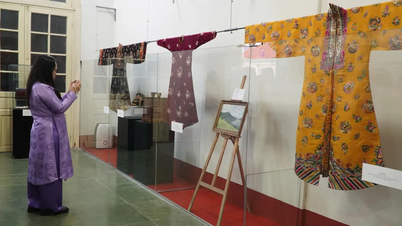

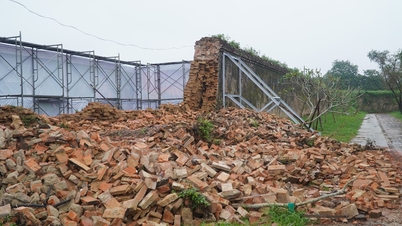

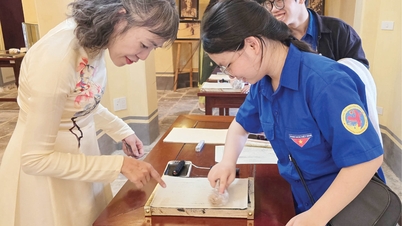









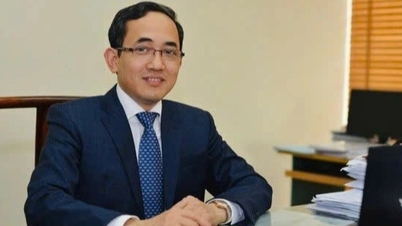



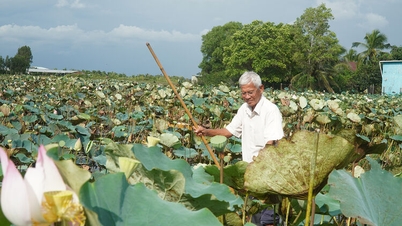
























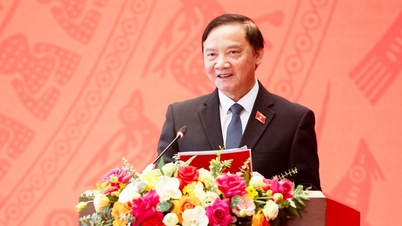


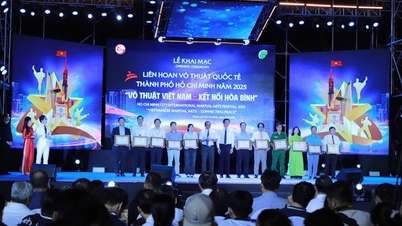

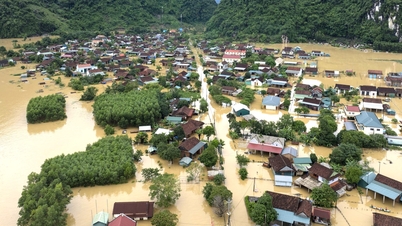







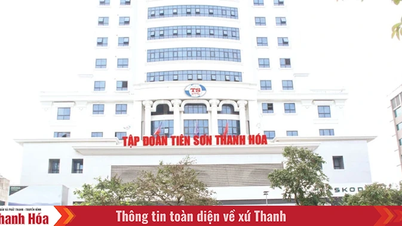

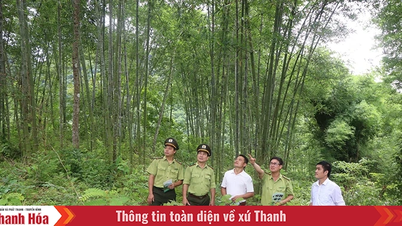














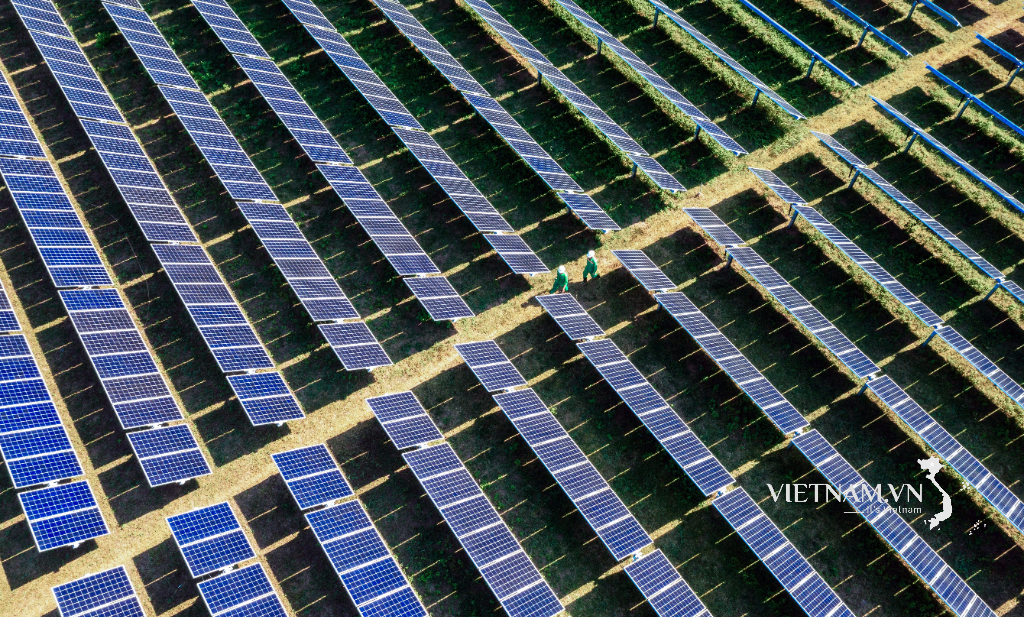

Comment (0)